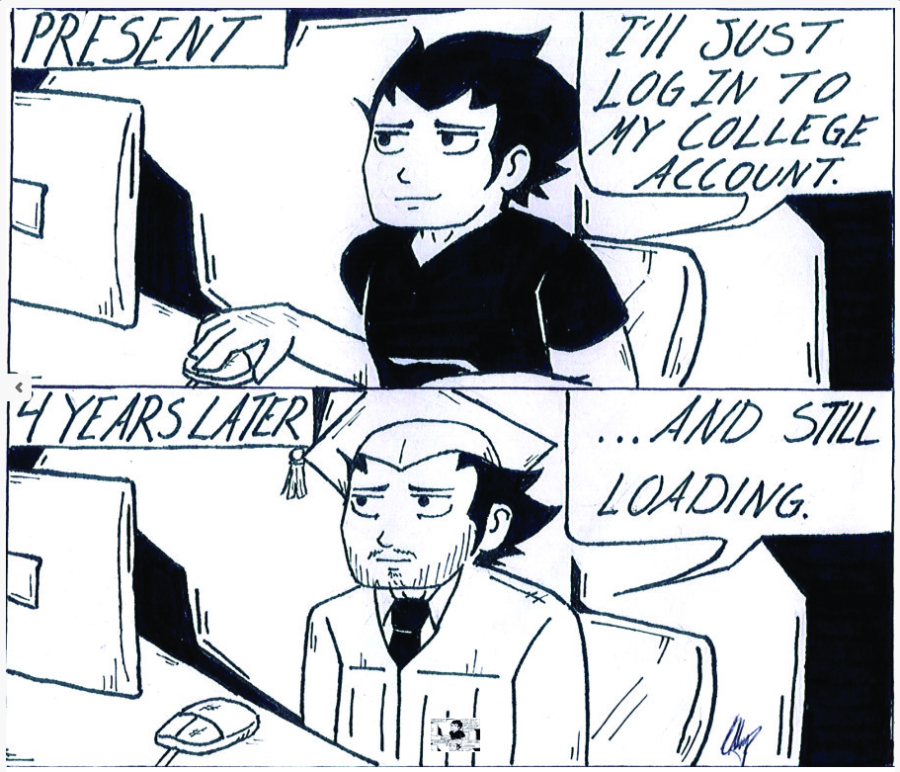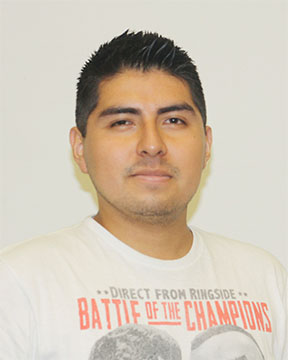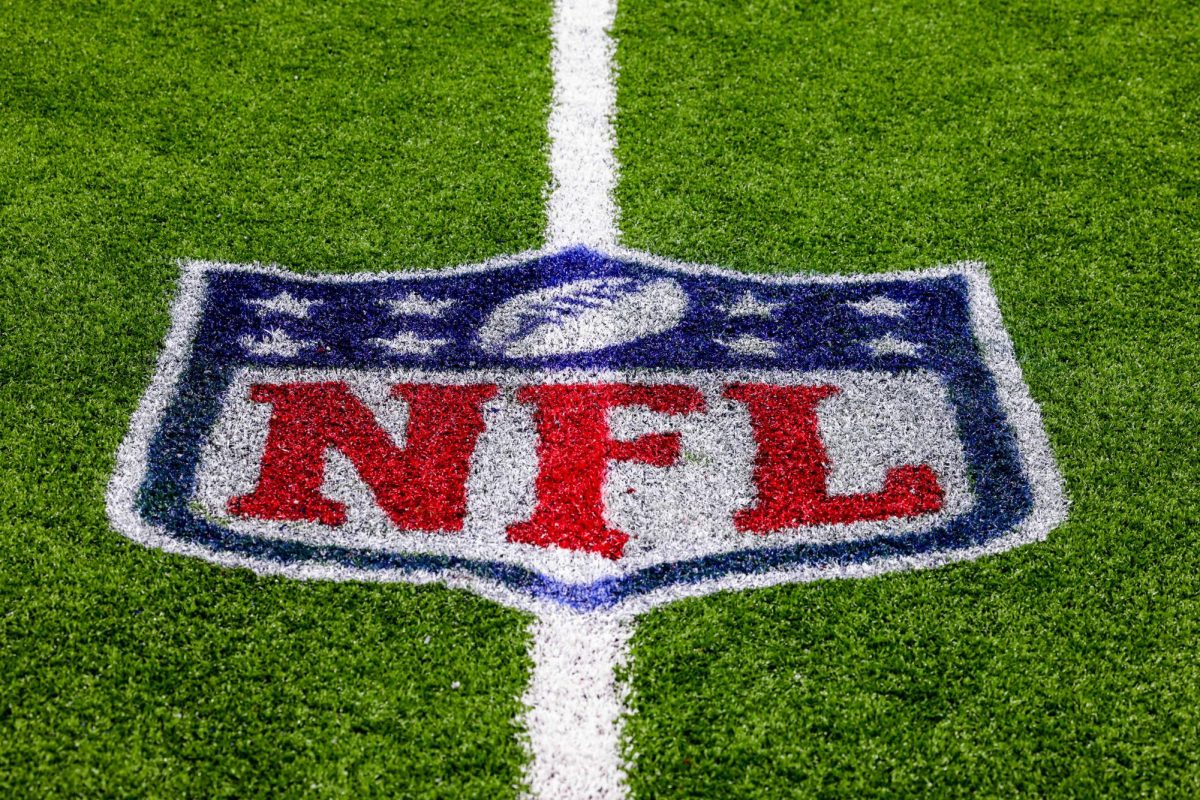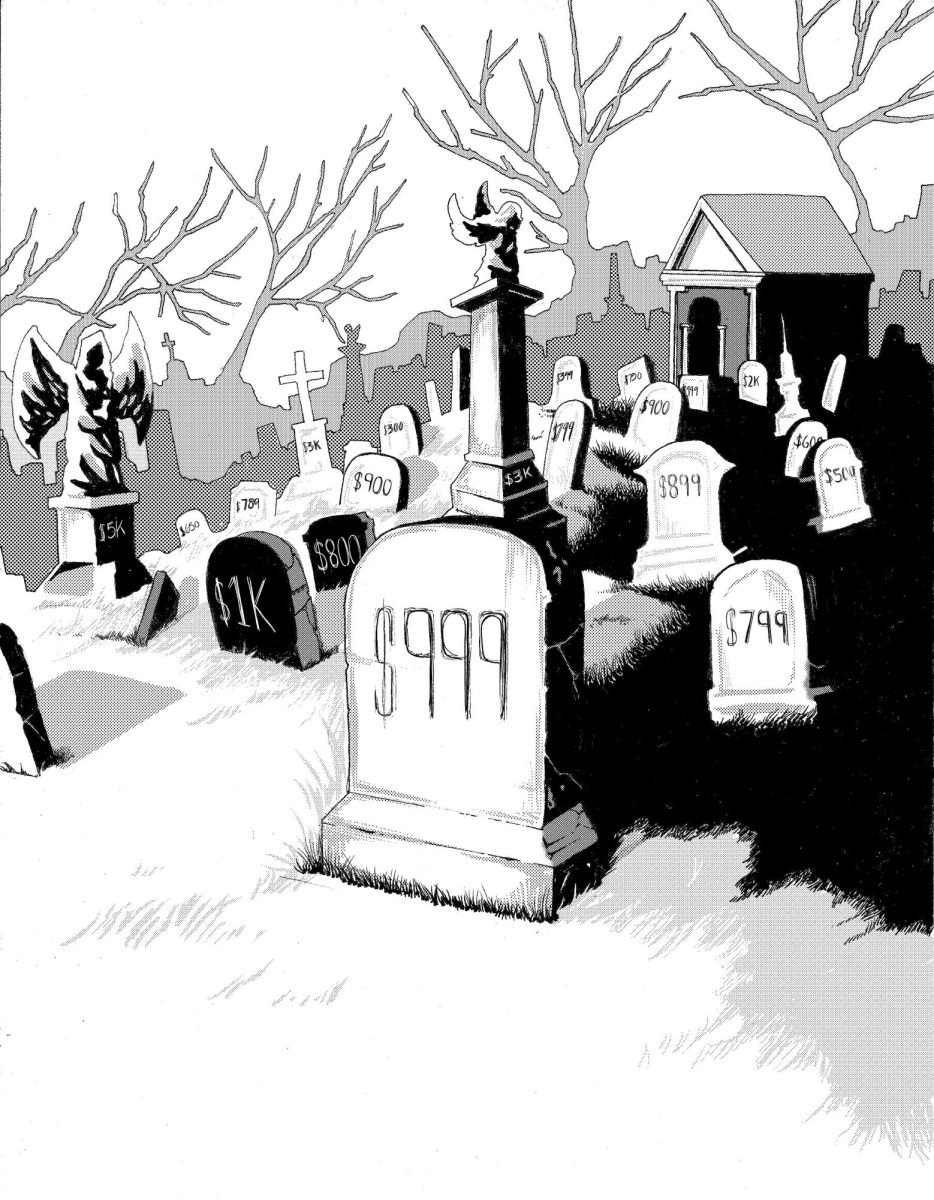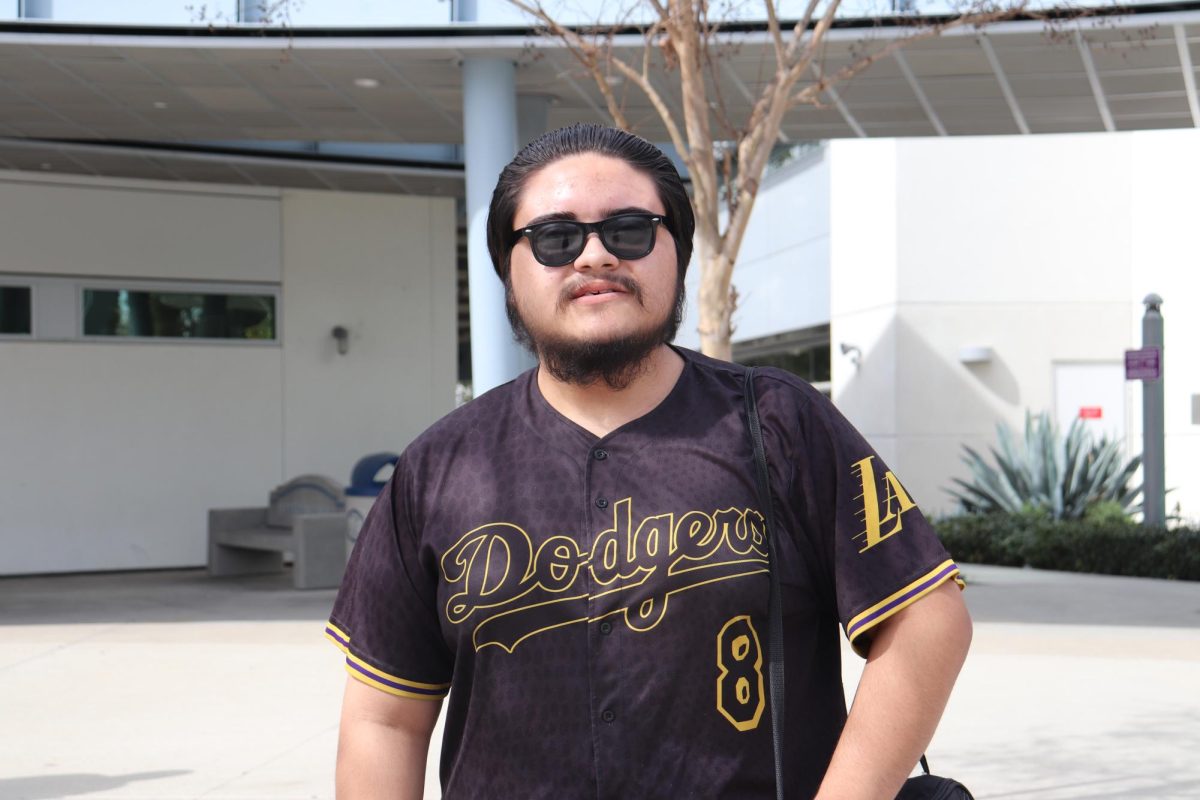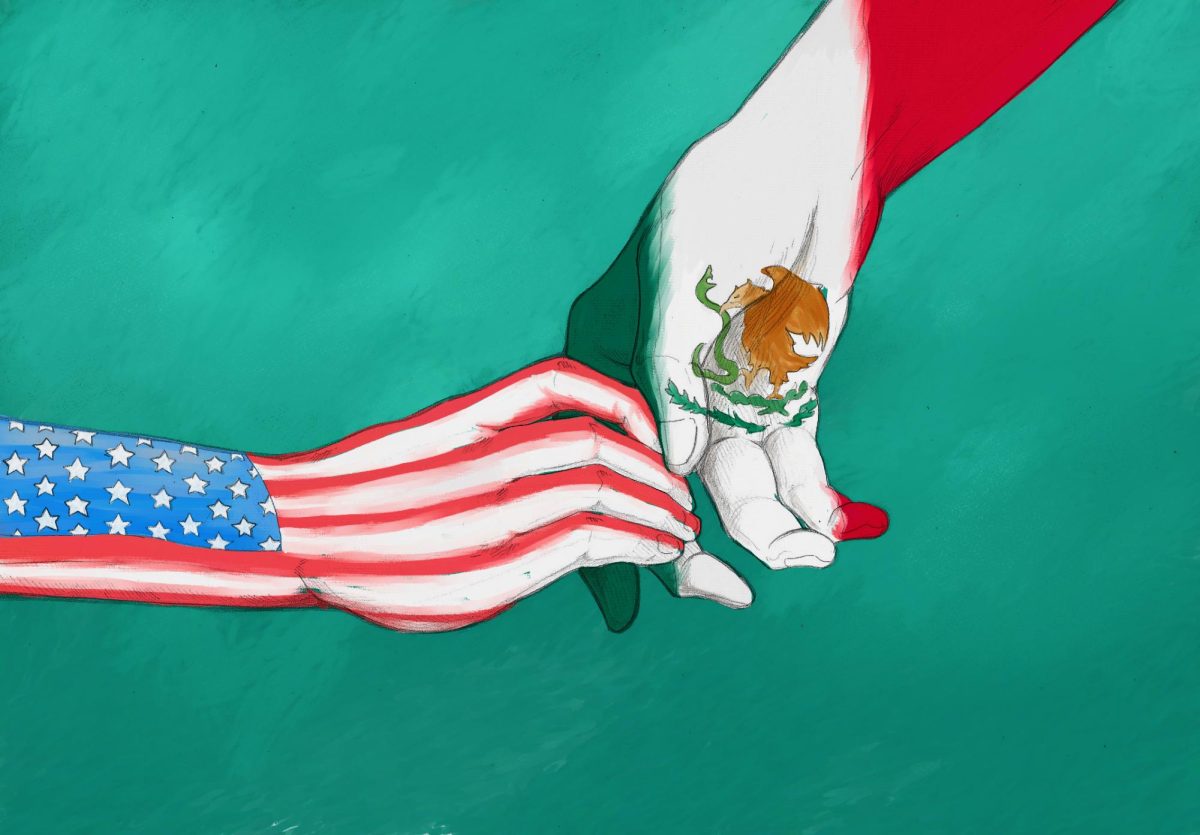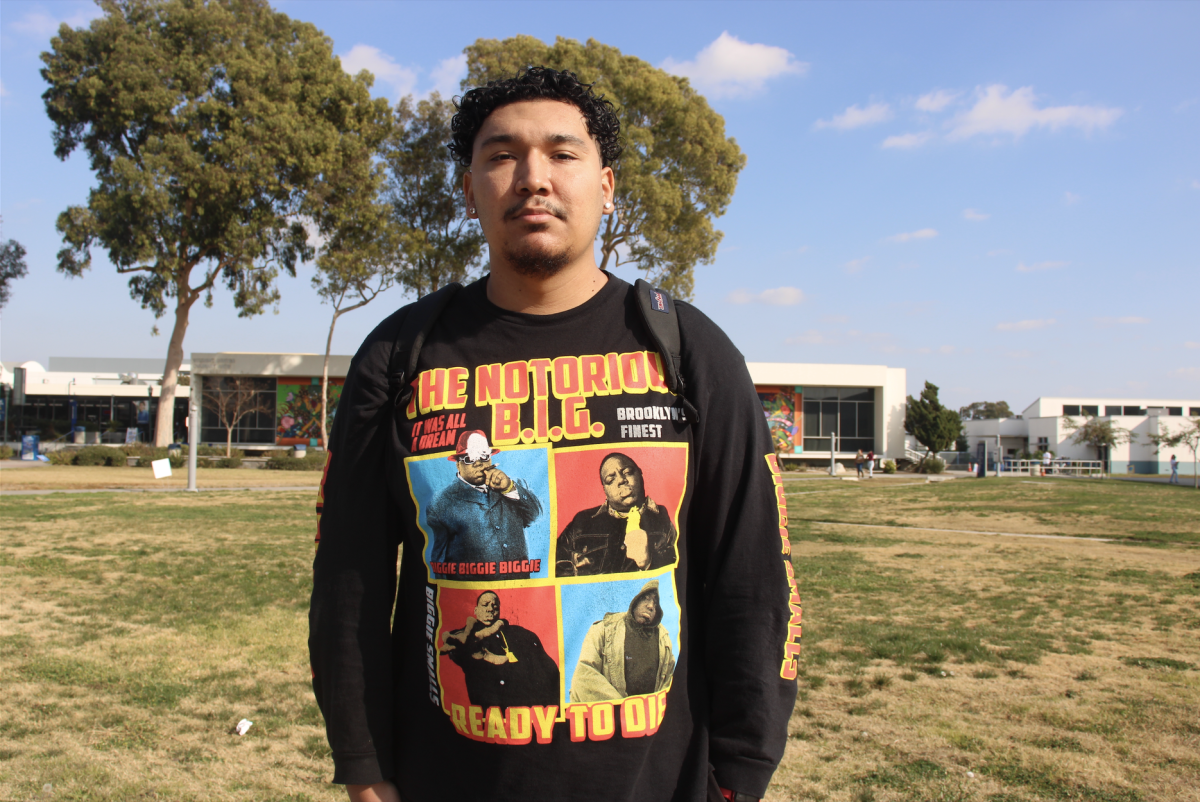By now, you’ve probably sat down on a computer or connected to the Wi-Fi with your external device and noticed the sluggish Internet that has plagued Cerritos College.
AT&T went through some technical difficulties; more specifically, the fiber optic link connecting the campus to the Internet went down, causing a massive calamity to students and faculty.
Through the downtime, a DS3 backup service kicked in, saving Cerritos College from being an Internet-free zone.
Though the convenience of having a fail-safe in instances such as this is good, the schematic of the back-up link is not.
Running at a paltry 45 Mbps, it is not convenient for students on campus to be running such a spotty fail-safe.
The primary Internet is a GigaMAN service, 22 times faster than the DS3 backup, according to the AT&T website.
A reliable and fluid back-up link that at least comes close to its predecessor is in dire need.
To do that we’d have to look at the cost of the primary GigaMAN link and the DS3 back-up link.
Some may argue that the Internet hasn’t been “down” in years, so why allocate money toward a shelved fallback option?
It simply is not enough megabytes to support the faculty and 22,000 plus students on campus.
The Internet is the lifeblood of student success. It gives us an advantage to getting our work done effectively and at a faster pace.
Books and notes are fairly close to giving us the advantages the Internet does, but this is 2015; everything is digital and on the Internet.
Students cannot be expected to succeed with such unreliable resources at the helm.
Some do not have the luxury of working on coursework at home, but resort and depend on coming to campus to use the resources available. The lack of Internet disrupts that.
Others simply need the stress liberation of coursing through their favorite websites during their leisure time or looking for inspiration for assignments.
This not only affects students, but also greatly impacts faculty.
Professors cannot conduct lectures without accessing their online notes, showing specific examples and communicating with students through the Internet.
The current Internet speed, a GigaMAN service, is approximately 1,000 Mbps compared to the DS3 back-up service of 45 mbps.
By comparison, students and faculty will be lucky to load their web browsers at that rate.
Especially during peak high-traffic hours, people cannot rely on the Internet when last-minute scenarios occur.
A limited back-up link to complement our exceptional GigaMAN link is no back-up at all, merely there to serve as a token link.
To put it into perspective, the average Internet speed in California is 7.68 Mbps according to statetechmagazine.com.
That’s in respect to individual households, but to think a DS3 link is enough to support Cerritos College is asinine.
Though for the most part they have been consistent, AT&T has had a previous incident with the GigaMAN service going down.
As a campus, we need to have our options open and explore other Internet providers that have compiled better track records with colleges.
Other competing Internet services include CenturyLink and Windstream.
For a primary Internet replacement, AT&T also offers a DecaMAN Internet service which moves data up to 10 gigabytes-per-second.
Though that may be getting ahead of ourselves, all options should be kept open when dealing with the logistics of student success: The Internet.


